From French Village to Old Pueblo to Palermo, Sicily
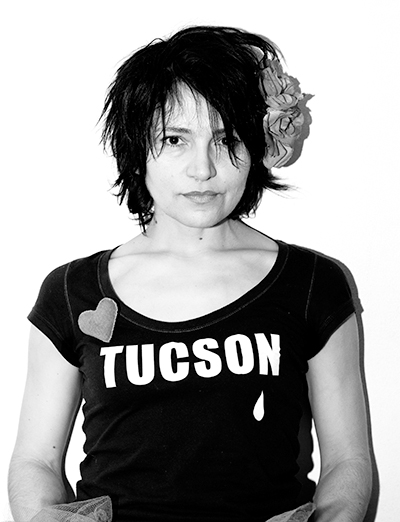
Marianne Dissard, photo by Hanna Pribitzer
A Tucson Chanteuse Moves On
Marianne Dissard is a prolific, thoughtful artist of multiple disciplines. Utilizing an array of platforms for expression, she will often combine those various outlets into layered, spellbinding projects.
As Dissard’s bio states, the French-born creative is a “singer, writer of lyrics and poetry, filmmaker and performance artist, (who) has toured extensively the world over, either solo or backed by her American band mates.”
A Tucsonan for close to 20 years, this month sees Dissard bidding the Old Pueblo adieu with a couple of farewell shows to send the chanteuse off musically, and with love. Zόcalo communicated with Dissard via email while she was in Seattle last month to talk about her time in Arizona and what is drawing her to Palermo.
How was the transition from living in France to moving to Arizona as a teenager?
Transition from living in France to living in Mesa, Arizona at the age of 16 was rough. I went from a village of 2000 people to a high school of 2000 people and from green fields to dust and concrete. The French caféteria and Dobson High’s didn’t even provide the same foods. No more green beans and the fries got renamed. The language was not really an issue – I was bilingual very rapidly – but I truly went into shock after a few months and became a recluse. I couldn’t figure out the ‘dating’ thing, couldn’t force myself to say the Pledge in the morning and I missed the woods. It made me uncomfortable being the new kid, attracting attention because I was foreign and further, that fabled ‘French’, a desirable ‘foreign’. The only thing that excited me in that new environment was music. A new record store, Stinkweeds, had just opened across the school. It seemed every kid was in a band or a groupie of one of those. There was one kid in my French school who played a bit but in my new world, weekends were devoted to house parties with the school’s one punk band, one rockabilly posse, the ten straight-edgers and the five really dark goth kids. I suppose what was uniting us all, despite musical tastes that bled through from Bauhaus to Elvis and Willie Nelson, were the cheap drugs and the sheer boredom of life in Mesa, AZ. I felt for the lame ducks on the man-made ‘burbia ponds of Alma School.
What drew you to this dusty old town?
I first moved to Tucson from Mesa in 1989, working for a summer on a Nickelodeon TV show called “Hey, Dude.” I moved to LA after that for a few years but made it back in 1994 after I was done with film school there. By that time, I had known Howe Gelb for a few years and had become a huge fan of Giant Sand. I was burned out with LA, burned out with the amount of film work I’d been doing so I chose to come to Tucson to make a film on Giant Sand. I didn’t think I would stay more than a summer, planning to end up in NYC for grad school in performance art. Well, things took another turn. I started enjoying the amount of music, musicians and live shows in Tucson.
There’s a part of chance, a part of unconscious decision-making but I suppose I just knew Tucson was a good place to relax, think about the next move and give myself a chance to figure out what I wanted. It soon became a great place to toss around ideas about films, performances, writing…
The energy I was mostly dissipating around town and inflicting on other people’s careers came into high-beam focus one night at Plush when Joey Burns asked me if I wanted to do an album with him. I credit him for kicking me into gear.
When it comes to your art forms, you’ve done everything from documentary film work to performance art, poetry, songwriting and singing ++ ! Do you have a favorite form of expression or do you seek particular outlets for different moods/messages?
It started with poetry when I was a kid. Pretty formal stuff without much content. I don’t think I found my subjects until much, much later. The film stuff started at 17 after I watched ‘Clockwork Orange’ and realized someone must have had a grand time thinking that up. I decided to become a director. I think I went for making documentary films instead of fiction because it seemed safer, like I wouldn’t expose myself too directly in the process. I also loved people’s stories and steeping them in larger socio-cultural contexts or making films about artists. I guess I was finding my way toward self-exposition.That came rather abruptly, through a significant encounter with an American performance artist and dancer with whom I collaborated in Europe on strange pieces that took us to museums here and there. I knew then I had no idea what I was doing on stage but I knew I was hooked. All in all, I suppose I move slow but deliberately. Only now does it seem I can integrate all these things I have done and try to make it make sense or be uniquely mine. It’s more complicated than just ‘making music’. I have to wrap everything I do with all I know to do. An album with a film as with ‘L’Abandon’ and its companion film ‘Lonesome Cowgirls’ or the solo tours from that album for which I used every trick of the performance art solo. But above all that, there is the word. My poetry found its best expression in lyrics. Mostly French lyrics, though, maybe as a way of making it even more complicated to approach me. I’ll forever be hiding but now I do it in plain sight.
Do you have particular Tucson memories/projects that stand out?
What I call my ‘community’ projects: shooting my Warhol-remake “Lonesome Cowgirls” in 2010, leading the Tucson Suffragettes through the 2004 Presidential election cycle, organizing the SXSW 2013 Tucson showcases, recording and touring my three studio albums with my Tucson crew. Sergio, Connor, Brian, Gabe, Naïm, Matt, Andrew, Vicky, Joey, Jon, Clay, Jim, John… those were the most successful and fulfilling projects I’ve ever done and I’ve done them all here.
There are other quirky memories I’m very fond of. Quitting Janos after a week because the owner handed me a comb during a staff meeting and moving on to graveyard shift waitressing at Grill in 1995, strips after strips of photo booth shots at Red Room, my most powerful – and fully naked – performance art piece at Downtown Performance Center in 1996, getting into a strip-fight during a Doo Rag reunion show held inside the women’s toilets of the Rialto during the first HoCo festivities in 2005, brunch at Crossroads with friends, walking to the top of A-Mountain from downtown, quickies in the desert, drunken sex in a classic gas-guzzler, nights and nights of walking up and down the Avenue and Congress Street with a basket of expensive roses to peddle to the romantically-inclined diner and the drunk hopeful.
It’s all a jumble of images, like a favorite movie whose scenes you can run from memory or more precisely, a film whose scenes are shot but haven’t been edited in place yet.
Why are you moving to Palermo?
After almost 20 years in Tucson, and 28 years in America…I miss Europe. Not particularly France but European mores and culture. I need to move on to the next step in my music-making and my life. I need to be challenged again, surrounded by a language I don’t understand but that gives me a lot of space to dream. I joke that Palermo is the Tucson of Europe, pre-downtown revitalization. Maybe I miss Grill and the Red Room. That was my time in Tucson, when UofA students were still a bit scared of crossing the underpass into downtown.
Palermo is wild, uninhibited, cheap, dirty, glorious and crumbling, burning from hundreds and hundreds of year of invasions, customs and earthquakes. It’s a place where I dream every night the most elaborate dreams. I’ll come back to Tucson to visit my friends, maybe to record at Waterworks. I’m keeping property here but if I could, I’d also sell that. I suppose I’ve been away in my mind – and from touring so much these past few years – so it might just be the officialization of something that I’ve felt I should do a while back already.
I’m glad I could recluse in Tucson whenever I’ve needed over the past twenty years to give time a chance to show me the way, to show me my way. There is space in the Western mentality for those maverick thoughts.
Adieu Tucson, Part 1 is Saturday, March 9 at Hotel Congress, 311 E. Congress St. with Naïm Amor, Clay Koweek, Connor Gallaher, Gabriel Sullivan, Brian Lopez. Spain headlines, Ricky Tutaan opens at 6:30pm. $5. Adieu Tucson, Part 2 happens at La Cocina, 201 N. Court Ave., Tuesday, March 19 with Dissard & Budo and Tucson friends kicking in with their own bands, starting at 6:30pm. Free. Follow Dissard’s adventures at MarianneDissard.com, Facebook.com/mariannedissard.


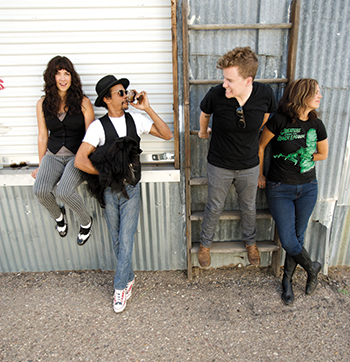
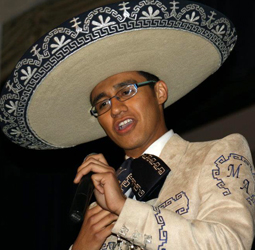
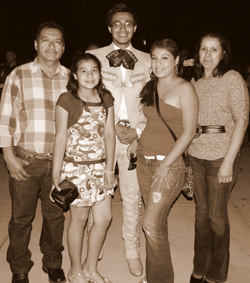
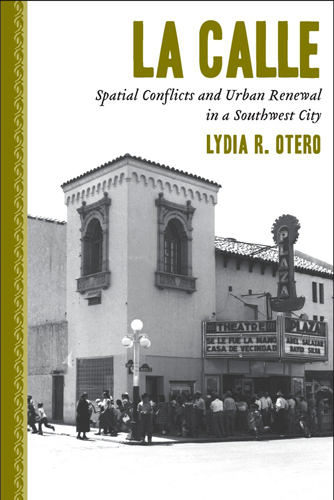
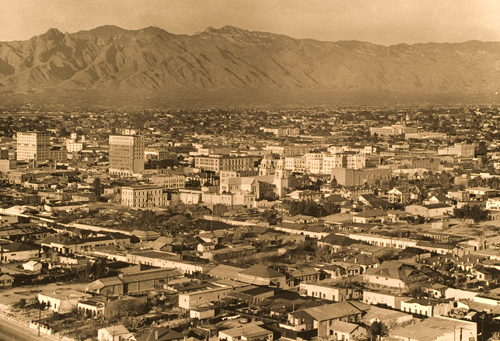
 Behind the mobsters’ violence, the flappers’ shimmy and the teetotalers’ moralistic stance is an intriguing, complex era of American history eloquently rendered by directors Ken Burns and Lynn Novick in their newest documentary, “Prohibition.”
Behind the mobsters’ violence, the flappers’ shimmy and the teetotalers’ moralistic stance is an intriguing, complex era of American history eloquently rendered by directors Ken Burns and Lynn Novick in their newest documentary, “Prohibition.”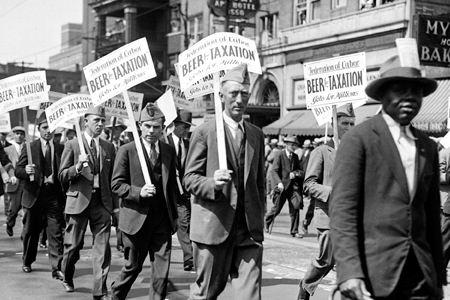
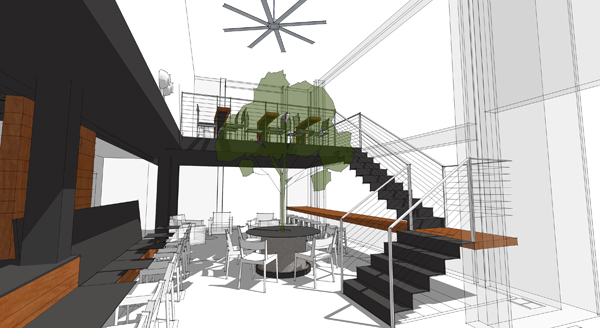
 Resistance is futile, the songs are too bewitching. The album, recorded at KXCI 91.3FM, consists of gorgeous notes adroitly composed and negotiated, sauntering from the enticing seduction of flamenco to jazz sensibilities. Tesoro calls it Flamenco Fusion. I dig that they fused in Tool’s “Forty-Six & 2” along with saluting Paco de Lucia, Chris Burton Jácome and Tito Puente.
Resistance is futile, the songs are too bewitching. The album, recorded at KXCI 91.3FM, consists of gorgeous notes adroitly composed and negotiated, sauntering from the enticing seduction of flamenco to jazz sensibilities. Tesoro calls it Flamenco Fusion. I dig that they fused in Tool’s “Forty-Six & 2” along with saluting Paco de Lucia, Chris Burton Jácome and Tito Puente. Science will not embrace visceral knowledge without evidence to back it. What humans, and our species’ ancestors, have innately known about the importance of music for hundreds of thousands of years is now being proven through modern science. Namely, that music and/or sound are fundamental aspects of individuals, societies, creatures on this planet, Earth, other planets and the universe as a whole.
Science will not embrace visceral knowledge without evidence to back it. What humans, and our species’ ancestors, have innately known about the importance of music for hundreds of thousands of years is now being proven through modern science. Namely, that music and/or sound are fundamental aspects of individuals, societies, creatures on this planet, Earth, other planets and the universe as a whole.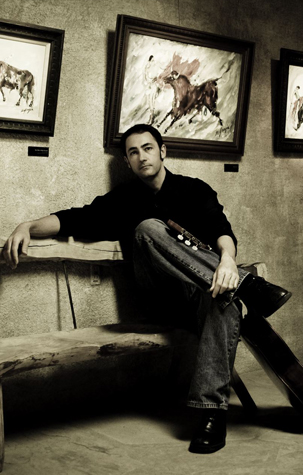
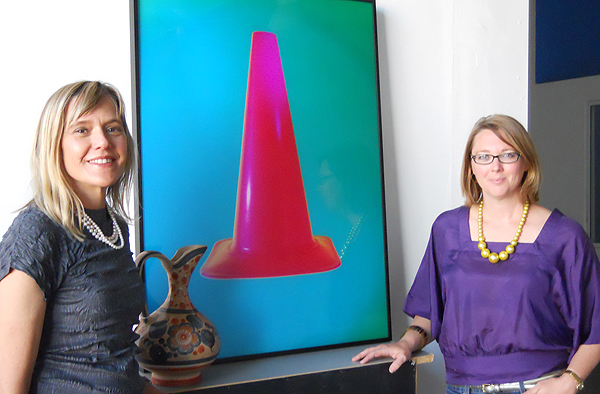




Also find us on...